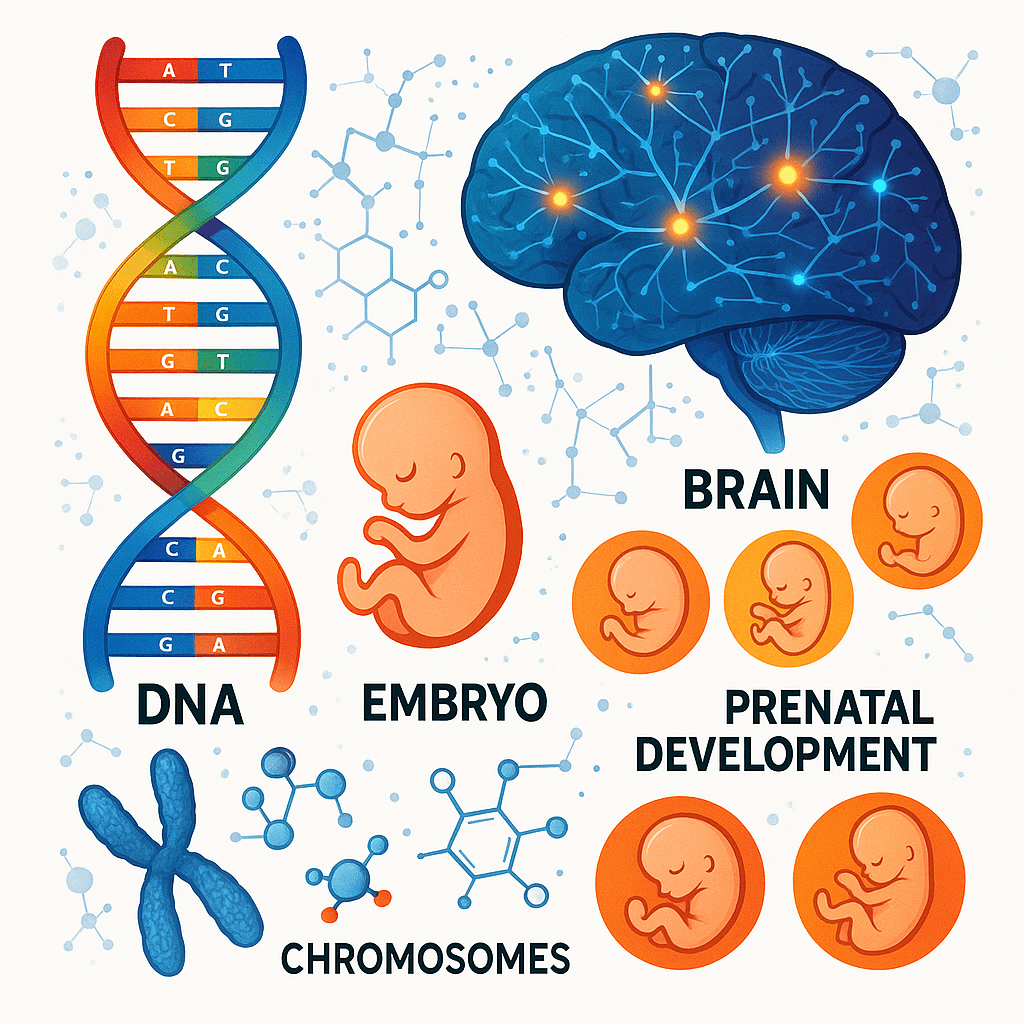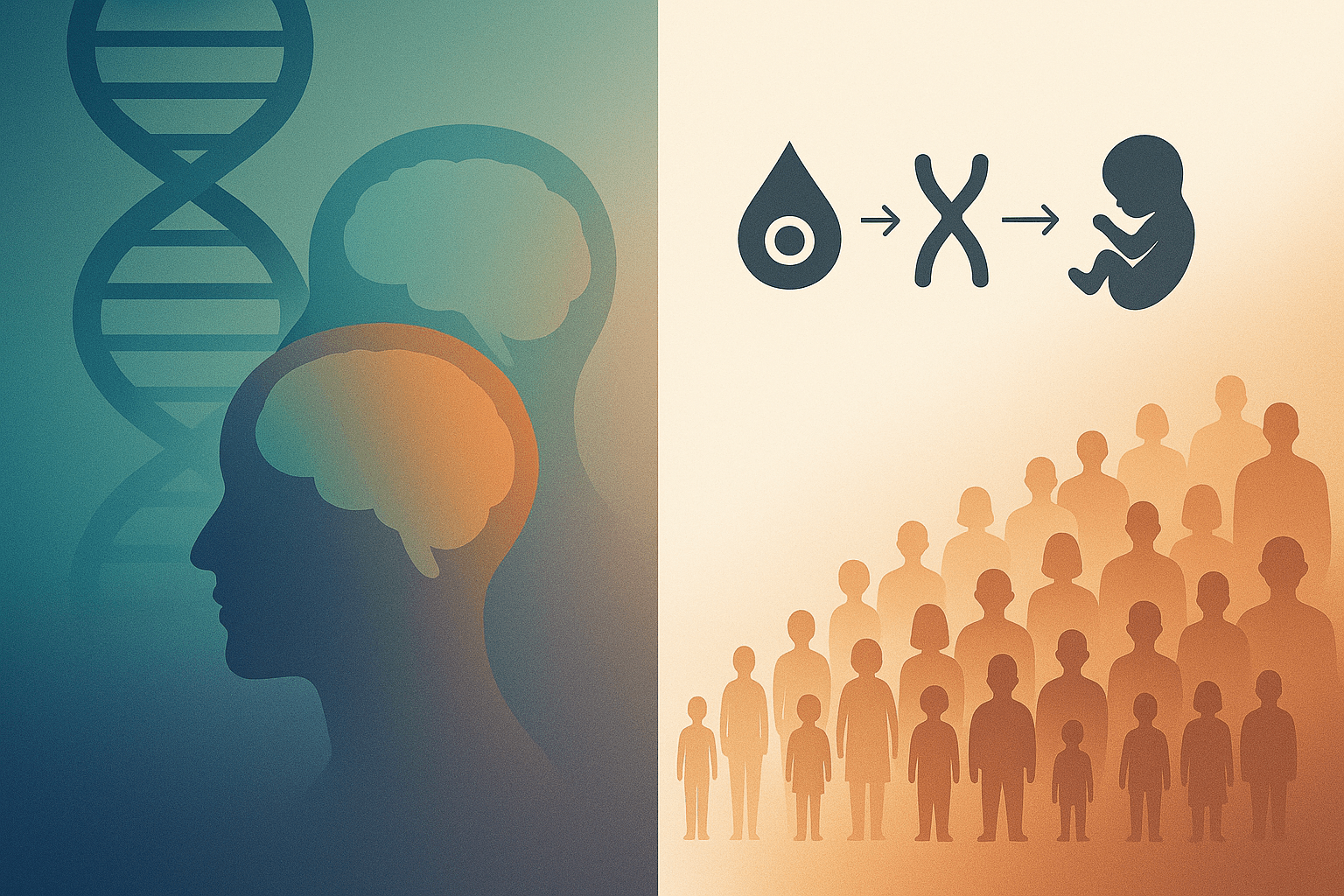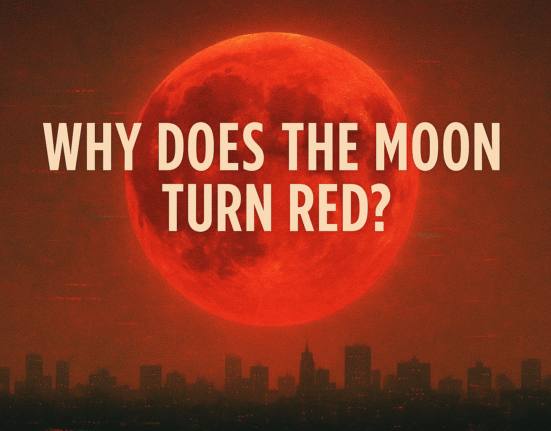Wait, So Are People Actually Born Gay or Not?
Here’s the internet’s favorite debate starter: “Are people born gay?” The answer? It’s complicated, but mostly yes—with a huge “it depends.”
Science shows sexual orientation has strong biological roots, but there’s no single “gay gene” that flips a switch. Instead, it’s more like a complex recipe with genetic ingredients, prenatal hormones, and developmental timing all mixed together. And no, it’s not a choice you make like picking a Netflix show.
Let’s break down what we actually know without the political noise.
What Does “Born Gay” Even Mean?
Before diving into the science, let’s clarify what people mean by “born gay”:
| What People Think It Means | What Science Actually Shows |
|---|---|
| Single “gay gene” that determines everything | Multiple genetic variants with tiny effects |
| 100% genetic, set in stone | Biology + environment during development |
| You can predict orientation from DNA | Impossible to predict from genes alone |
| Identical twins always match | Only 24% concordance in identical twins |
| Either genetic or choice | Strong biological influence, not a choice |
The reality: Sexual orientation appears to be influenced by biology early in development but isn’t controlled by simple genetics like eye color.
The Twin Study Evidence

Identical twins share 100% of their DNA, so if being gay was purely genetic, identical twins should always have the same sexual orientation. But they don’t.
Research shows that when one identical twin is gay, the other twin is also gay only 24% of the time. For non-identical twins, it’s about 15%. This tells us:
- Genetics matter (identical twins match more than fraternal twins)
- Genetics aren’t everything (76% of identical twins don’t match)
- Environment during development also plays a role
One fascinating finding: Even when identical twins have different sexual orientations, the gay twin was often more gender-nonconforming as a child. This suggests early developmental differences, not just random variation.
The Hormone Connection
Prenatal hormones (especially testosterone) seem to play a major role in shaping sexual orientation. Here’s how it works:
During Pregnancy
- Testosterone exposure in the womb influences brain development
- Different hormone levels between twins can lead to different orientations
- Timing matters—when hormones surge affects development
The Evidence
Studies of people with hormonal conditions show clear patterns:
- Girls exposed to high testosterone prenatally are more likely to be attracted to women
- Men with low prenatal testosterone show more gender-nonconforming behavior
- Even subtle hormone differences can influence attraction patterns
The “No Gay Gene” Study
In 2019, scientists analyzed the DNA of 470,000 people—the largest study ever done. Their findings were clear:
What They Found:
- No single “gay gene” exists
- Five genetic variants were linked to same-sex behavior
- Combined, all genetic factors explain only 8-25% of sexual orientation
- The other 75-92% comes from developmental environment
What This Means:
- Being gay isn’t “all genetic”
- But it’s also not a choice—development happens before birth
- Sexual orientation is polygenic (influenced by many genes with tiny effects)
- You can’t predict someone’s orientation from their DNA
Why Identical Twins Don’t Always Match
If genetics mattered 100%, identical twins would always have the same sexual orientation. Since they don’t, researchers have found some fascinating explanations. This puzzle of who the “real you” is shows up in other fields too—like in Quantum Immortality, where physics and philosophy wrestle with the survival of identity across parallel universes.
Timing of Twin Splitting
- Early splitting (days 1-3): Twins develop separate sexual identities
- Late splitting (days 4-14): Twins more likely to share orientation
- Prenatal environment differs even for identical twins
Different Hormone Exposure
Even identical twins can experience:
- Different positions in the womb
- Slightly different hormone levels
- Varied timing of developmental milestones
What About Choice vs. Biology?
The research is pretty clear on this one: Sexual orientation isn’t a choice. Here’s why:
Evidence Against “Choice”
- Most people report knowing their orientation before puberty
- “Conversion therapy” has been repeatedly shown to be ineffective and harmful
- Orientation appears stable across cultures and time periods
- Brain imaging shows structural differences related to orientation
This is also why conversations about identity labels—whether around being gay, bi, or even things like the modern sigma identity in internet culture—matter. People are trying to describe complex realities with simple words.
Evidence for Biology
- Consistent findings across twin studies
- Hormonal influences during prenatal development
- Similar patterns observed across different cultures
- Genetic variants (even if small in effect) consistently found
The Honest Answer: It’s Messy But Clear
| Factor | Influence Level | What We Know |
|---|---|---|
| Genetics | 8-25% | Multiple small effects, no single gene |
| Prenatal Hormones | Significant | Strong evidence for developmental influence |
| Environment After Birth | Minimal | Little evidence for postnatal social factors |
| Choice | None | No credible evidence that orientation is chosen |
Bottom Line: Sexual orientation appears to be primarily shaped by biological factors during early development—genetics, prenatal hormones, and developmental timing. It’s not a simple on/off switch, and it’s definitely not a choice.
TLDR
Can you be born gay? Sort of. There’s no “gay gene,” but sexual orientation is strongly influenced by biology during early development. Genetics play a role (along with many other genes), prenatal hormones matter a lot, and it’s definitely not something people choose. Twin studies show it’s about 25% genetic and 75% developmental environment—but that environment is mostly prenatal, not your upbringing.
The science is clear: orientation has deep biological roots, no single cause, and isn’t changeable by choice or therapy.
FAQ
Q: Is there a gay gene?
A: No single gene, but multiple genetic variants contribute small effects. Think of it like height—influenced by many genes, not one.
Q: Why don’t identical twins always have the same orientation?
A: Because genetics are only part of the story. Prenatal hormone exposure, womb position, and developmental timing also matter.
Q: Can orientation change over time?
A: Core orientation appears stable, but some people experience fluidity in attractions or identity labels, especially women.
Q: Does this mean being gay is “natural”?
A: The biological evidence suggests sexual orientation diversity occurs naturally across cultures and species. Science describes what is, not what should be. Still, many people interpret sexuality through religious perspectives on identity — the same way they ask deeper questions like Is Heaven Boring? or If Jesus Is God, How Can God Die?.
Sources:
Wikipedia: Biology and Sexual Orientation
NIH: Sexual Orientation in Twins
PsyPost: Prenatal Hormones and Sexual Orientation
Science Journal: No Single Gay Gene Study
Cambridge: Prenatal Endocrine Influences










Leave feedback about this